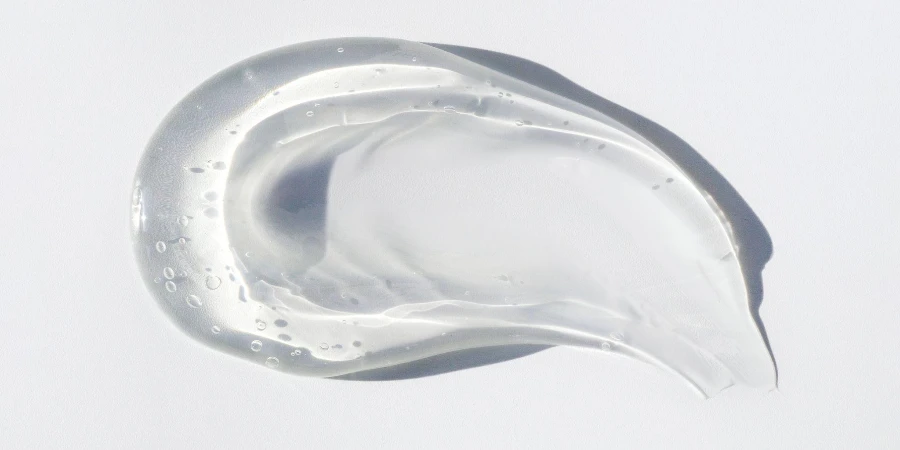Hyaluronic acid has emerged as a cornerstone ingredient in the beauty and personal care industry, revered for its unparalleled hydrating properties and anti-aging benefits. This article delves into the science behind hyaluronic acid, exploring its popularity, efficacy, advantages, potential side effects, usage tips, and the top trendy products that feature this miraculous compound.
Table of Contents:
– What is hyaluronic acid?
– Popularity of the product
– Does the product work?
– Benefits of the product
– Side effects of the product
– How to use the product
– Top trendy products that contain hyaluronic acid
What is hyaluronic acid?
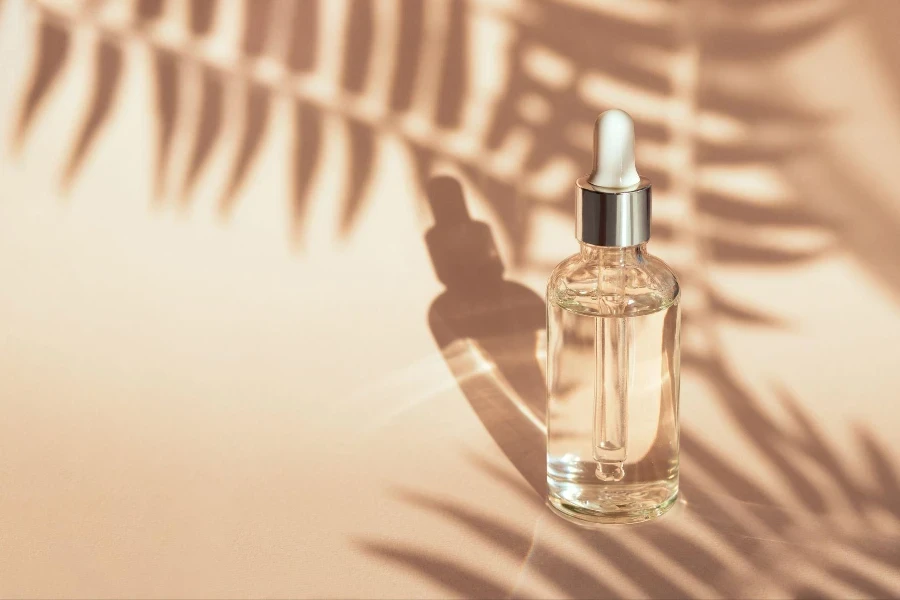
Hyaluronic acid (HA) is a naturally occurring polysaccharide found in the human body, primarily within the skin, connective tissue, and eyes. Its primary function is to retain water, ensuring tissues are well lubricated and moist. In the world of skincare, HA is synthesized and incorporated into various products for its exceptional ability to attract and hold onto moisture—up to 1000 times its weight in water, making it a hydration powerhouse. The molecule comes in different molecular weights, with lower weights penetrating deeper into the skin and higher weights providing surface hydration, creating a plump and dewy complexion.
Popularity of the product
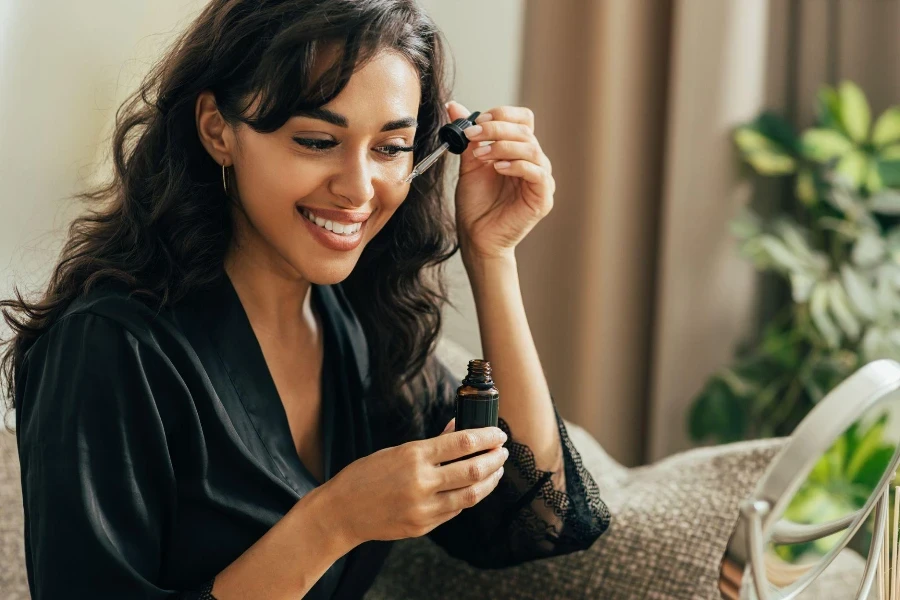
The popularity of hyaluronic acid in skincare has skyrocketed in recent years, thanks to its versatility and efficacy across all skin types. It’s celebrated not only for its hydrating properties but also for its ability to enhance skin texture, reduce the appearance of fine lines and wrinkles, and promote a youthful glow. Hyaluronic acid’s compatibility with other skincare ingredients and its non-irritating nature have made it a staple in formulations ranging from serums and moisturizers to masks and injectables, cementing its status as a must-have ingredient in both daily skincare routines and professional treatments.
Does the product work?

Clinical studies and dermatological research have consistently demonstrated the efficacy of hyaluronic acid in improving skin hydration, elasticity, and overall appearance. When applied topically, it acts as a humectant, drawing moisture from the environment and the deeper layers of the skin to the surface, offering immediate plumping and smoothing effects. Additionally, when used regularly, hyaluronic acid can stimulate skin cell regeneration and support the skin’s natural barrier, enhancing its resilience against environmental stressors. The key to maximizing its benefits lies in consistent use and choosing products with the appropriate molecular weight for your skin’s needs.
Benefits of the product

The benefits of hyaluronic acid extend beyond mere hydration. Its ability to improve skin texture and reduce the visibility of fine lines and wrinkles makes it a valuable anti-aging ingredient. For individuals with oily or acne-prone skin, hyaluronic acid offers hydration without clogging pores or exacerbating oil production, promoting a balanced and healthy complexion. Furthermore, its antioxidant properties protect the skin from free radicals and environmental damage, contributing to long-term skin health and vitality.
Side effects of the product
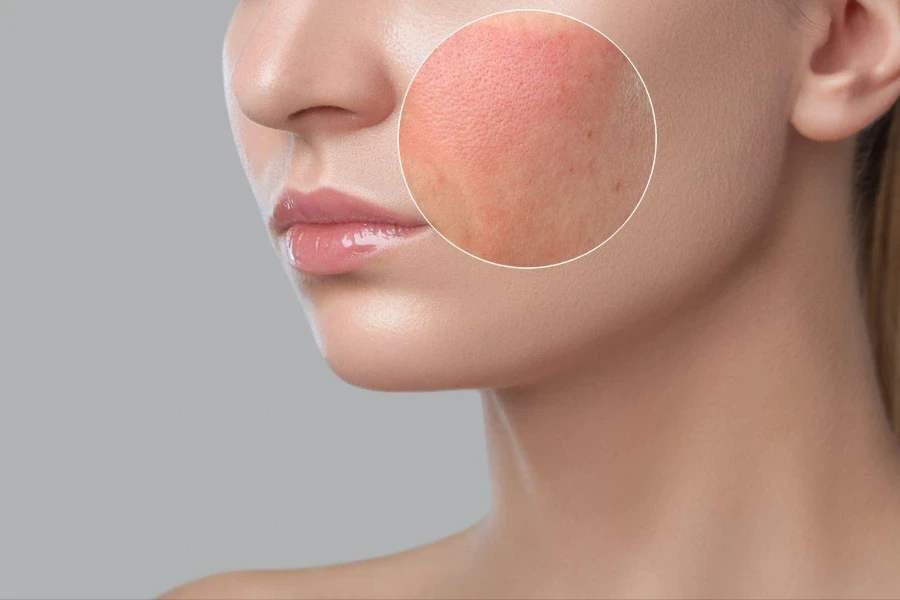
Hyaluronic acid is generally well-tolerated by most skin types, including sensitive skin, owing to its naturally occurring status in the human body. However, potential side effects, though rare, can include redness, itching, and irritation, particularly when used in conjunction with other active ingredients or on compromised skin barriers. It’s important to conduct a patch test before incorporating a new hyaluronic acid product into your routine and to consult with a dermatologist if you have known allergies or skin conditions.
How to use the product
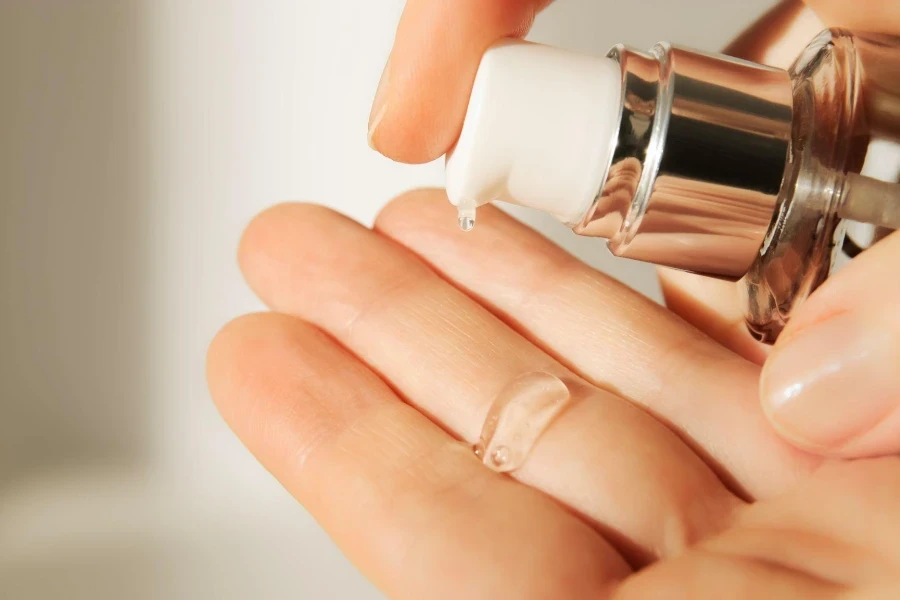
Incorporating hyaluronic acid into your skincare routine is straightforward. For optimal results, apply it to damp skin, as this enhances its moisture-binding capabilities. It can be used both morning and night, layered under moisturizers and oils to lock in hydration. When selecting products, consider formulations that combine hyaluronic acid with complementary ingredients such as vitamin C for brightening or ceramides for barrier repair. Remember, a little goes a long way—start with a pea-sized amount and adjust as needed based on your skin’s response.
Top trendy products that contain hyaluronic acid

The beauty market is flooded with hyaluronic acid-infused products, ranging from budget-friendly options to luxury skincare lines. Trendy products include lightweight serums that offer deep hydration without a greasy residue, making them ideal for layering under makeup. Hydrating masks, both sheet and cream-based, provide an intensive moisture boost for tired, dehydrated skin. For those seeking the anti-aging benefits of hyaluronic acid, eye creams and concentrated treatments target fine lines and crow’s feet, offering a rejuvenated eye area.
Conclusion:
Hyaluronic acid stands out as a skincare hero, offering a plethora of benefits for maintaining youthful, hydrated, and healthy skin. Its widespread popularity and proven efficacy underscore its essential role in any comprehensive skincare regimen. By understanding how to use it effectively and selecting the right products, you can harness the power of hyaluronic acid to achieve a radiant, supple complexion.
